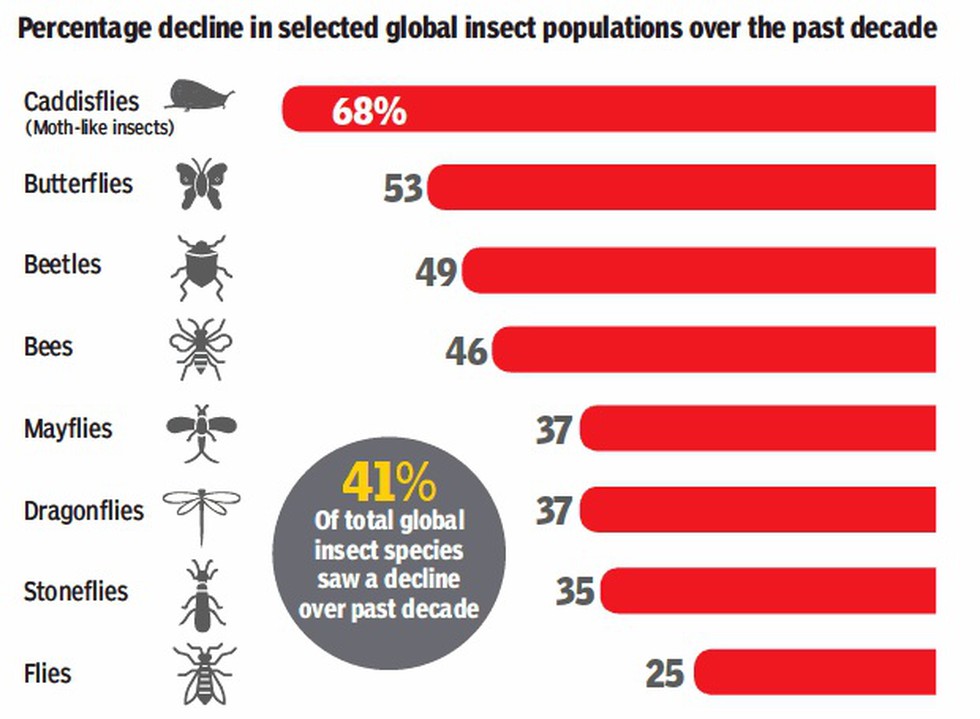
About:
In Assam’s Diphu Lok Sabha constituen...
With certain spices of Indian brands ...
Recently, KABIL signed a MoU with the...
Voyager 1 probe is returning usable i...
The Indian Air Force (IAF) has succes...
The recent surge in gold prices is du...
Experts worry that the world's deadli...
Five people died in an attempt to cro...
Nuclear energy can be used to to spur...
Recently, the World Meteorological Or...